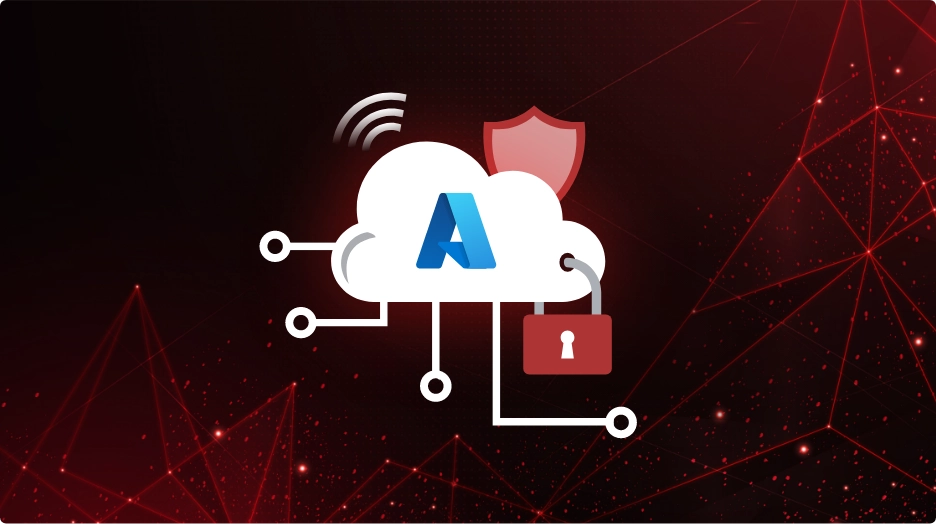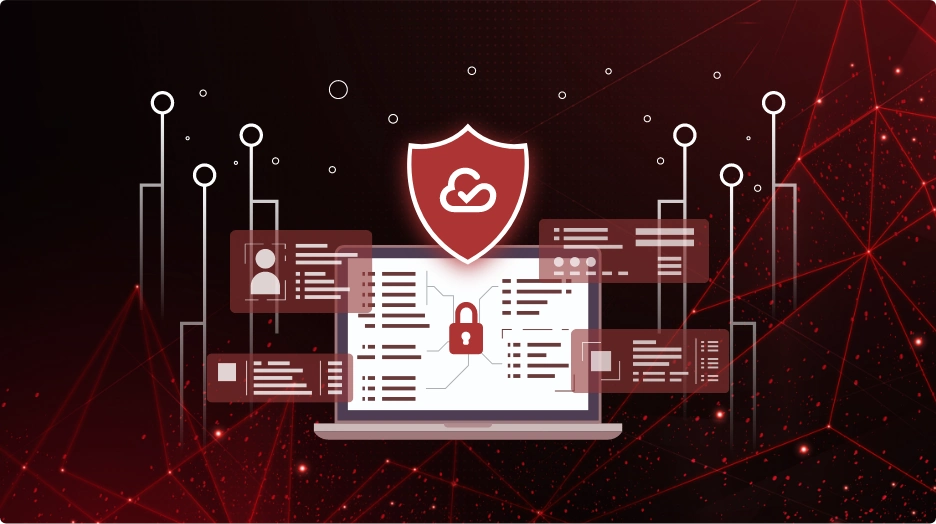The Hidden Risk in Your Cloud Stack: How Overlooked AWS Resources Become Entry Points for Hackers

In February, Angel One, one of India’s leading financial services platforms, disclosed a security breach stemming from unauthorized access to its Amazon Web Services (AWS) infrastructure. While no funds or client credentials were reportedly compromised, personal records of over 8 million users were put at risk. The breach, initially flagged by dark-web monitoring alerts, was traced back to a compromise in AWS resources.
This incident underscores a growing reality in cloud security: attackers aren’t just targeting your front door. They’re finding the forgotten, misconfigured, or outdated entry points you don’t even realize exist.
You’re Only as Secure as Your Least Visible Resource
As organizations scale in the cloud, they rapidly spin up and tear down resources to support development, testing, production, and everything in between. This velocity is part of what makes the cloud so powerful, but also what makes it vulnerable.
What often slips through the cracks? A test S3 bucket with public access. A Lambda function with a legacy IAM role. A CloudTrail that was never turned back on after troubleshooting. These overlooked resources might seem harmless in isolation, but in the hands of a motivated threat actor, they’re gold.
The Angel One breach highlights this exact problem. While details are still emerging, the fact that AWS resources were the initial compromise vector tells us that visibility and credential hygiene weren’t airtight and the attackers knew exactly where to look.
Cloud Sprawl and the Illusion of Control
When cloud adoption begins, governance often takes a back seat to speed. Different teams deploy resources across multiple accounts, regions, or environments. Over time, organizations lose track of:
- Who owns which assets
- Which resources are still active
- What permissions are applied
- Whether policies reflect current business needs
This phenomenon, known as cloud sprawl, creates blind spots. And attackers thrive in blind spots. The AWS Shared Responsibility Model makes it clear: while AWS secures the infrastructure, securing what you build on it is entirely your responsibility. That includes knowing what resources exist and how they’re configured.
The Most Commonly Overlooked AWS Entry Points
While any misconfigured or abandoned asset can become a liability, some resource types are quite prone to being overlooked:
- S3 Buckets: Default settings have improved, but public access and overly permissive policies still plague many organizations.
- IAM Roles & Policies: Old roles with admin-level permissions, unused user accounts, or hardcoded credentials can all be exploited.
- EC2 Instances & Snapshots: Dormant VMs left running or exposed ports can provide direct access to internal services.
- Lambda Functions: Functions triggered by events but left unmonitored can be compromised quietly.
- CloudTrail & GuardDuty: Turning off logging “temporarily” or failing to monitor alerts can delay breach detection by weeks.
From Dev to Disaster: The Lifecycle Problem
One of the least-discussed sources of vulnerability is the application development lifecycle itself. Development teams often spin up resources for testing and proof-of-concept work without full security controls. These resources sometimes get promoted to production without a corresponding upgrade in governance.
What starts as a harmless dev experiment can become a live security risk if not properly shut down, secured, or monitored. Over time, these forgotten resources become the entry points that hackers exploit.
Credential Hygiene Is Not Optional
In the Angel One case, the company acted swiftly to rotate credentials across its cloud infrastructure. This was the right move, but also a reactive one. Credential exposure remains one of the most common cloud breach vectors. Every organization must enforce:
- Strict rotation policies for access keys
- MFA for all accounts, including service accounts
- Use of short-lived, role-based credentials instead of long-term keys
- Auditing of dormant credentials and unused roles
Visibility Is Your First and Best Defense
Cloud visibility is essential to any serious security program. Cloud Security Posture Management (CSPM) tools continuously audit your environment, detect misconfigurations, enforce policies, and flag risks like:
- Publicly accessible storage
- Overprivileged IAM roles
- Unused assets that should be terminated
- Regions with unexpected activity
A good CSPM solution doesn’t just alert but also contextualizes. It tells you which misconfiguration is likely to be exploited first and helps prioritize remediation.
Incident Response Starts with Knowing What You Own
When a breach happens, response teams need to act fast. That means rotating credentials, isolating affected systems, and understanding the blast radius. If your asset inventory is incomplete or spread across disconnected spreadsheets and teams, response slows to a crawl.
Every organization should maintain a real-time inventory of all cloud assets, with tagging, ownership metadata, and risk classification. This makes it possible to respond surgically, not blindly, when time is critical.
Conclusion: Eliminate Blind Spots Before They’re Exploited
The Angel One breach should serve as a wake-up call to any business relying on cloud infrastructure, especially those in regulated sectors like financial services. The cloud is not inherently insecure, but it is unforgiving to oversight. Misconfigured or forgotten resources are like unlocked doors in a sprawling digital estate. The more you have, the harder it becomes to manage them without automation and visibility.
It’s time for every cloud-forward organization to ask:
- Do we know what’s really running in our AWS environment?
- Have we audited our IAM roles and credentials recently?
- Are we monitoring for changes and threats continuously, not quarterly?
- Do we have the tools to detect, prioritize, and remediate cloud risks in real-time?
CheckRed answers all these questions and more. Get a demo of our cloud security platform and discover how continuous visibility, automated risk detection, and smart remediation can protect your AWS environment.


